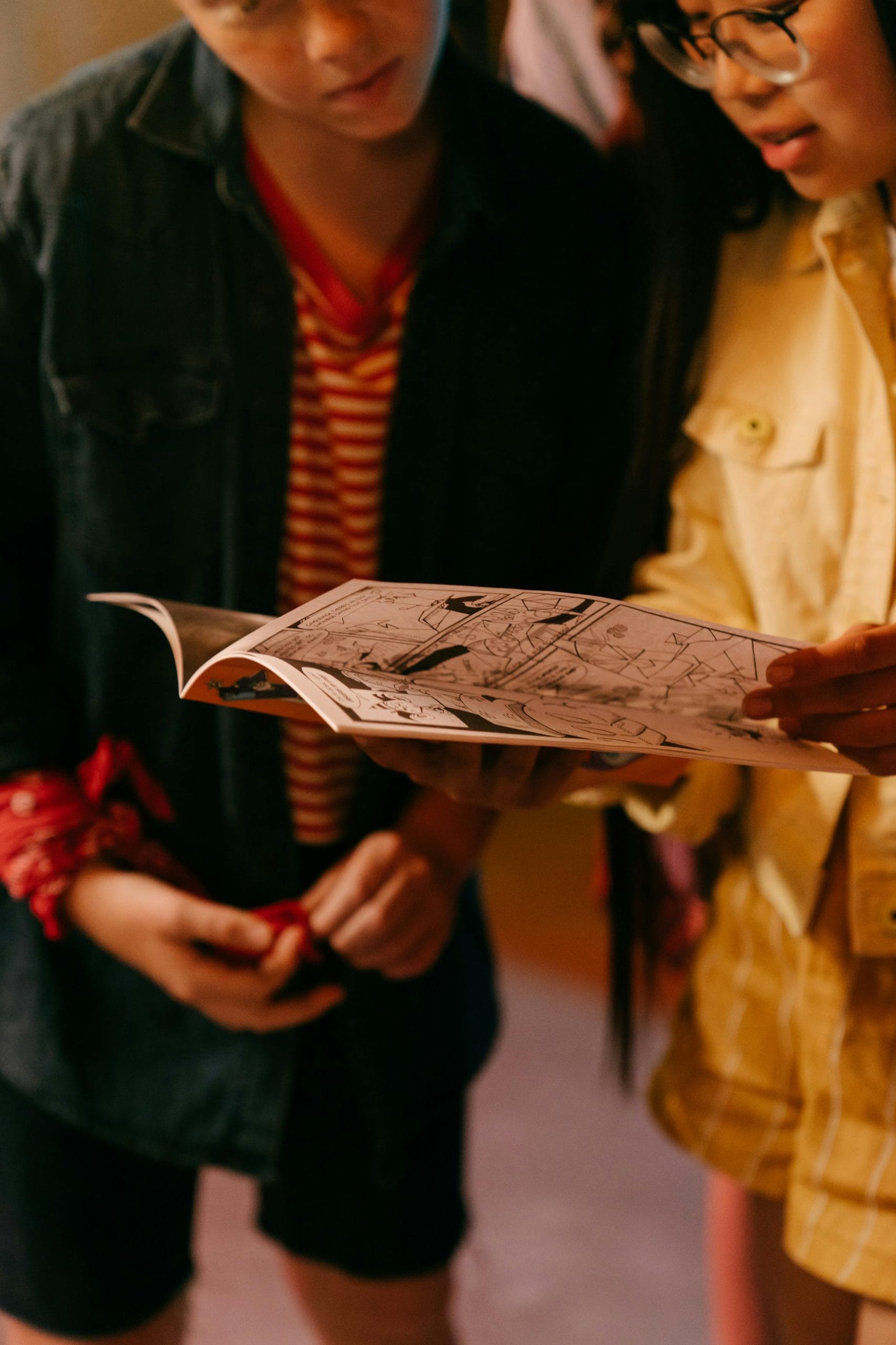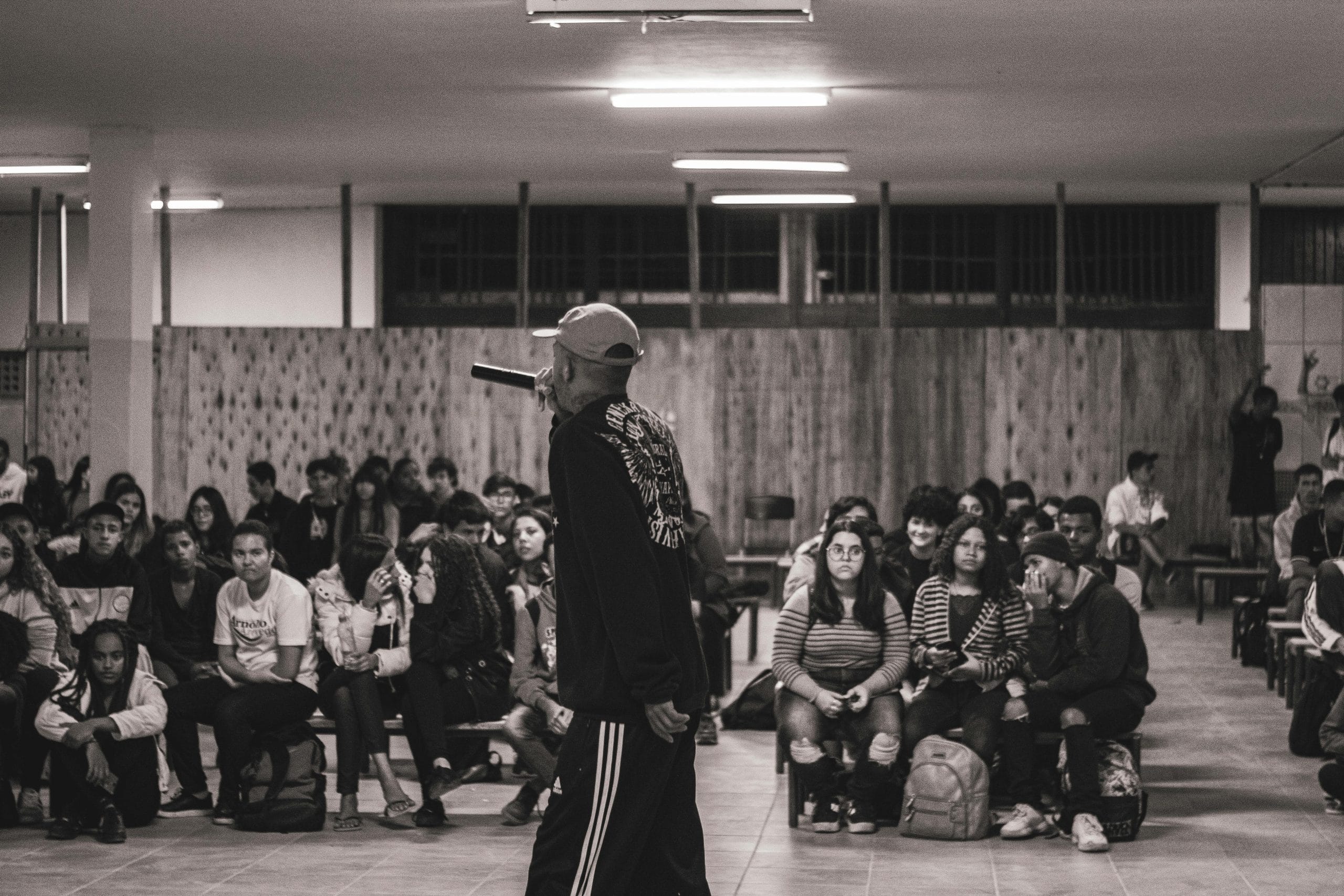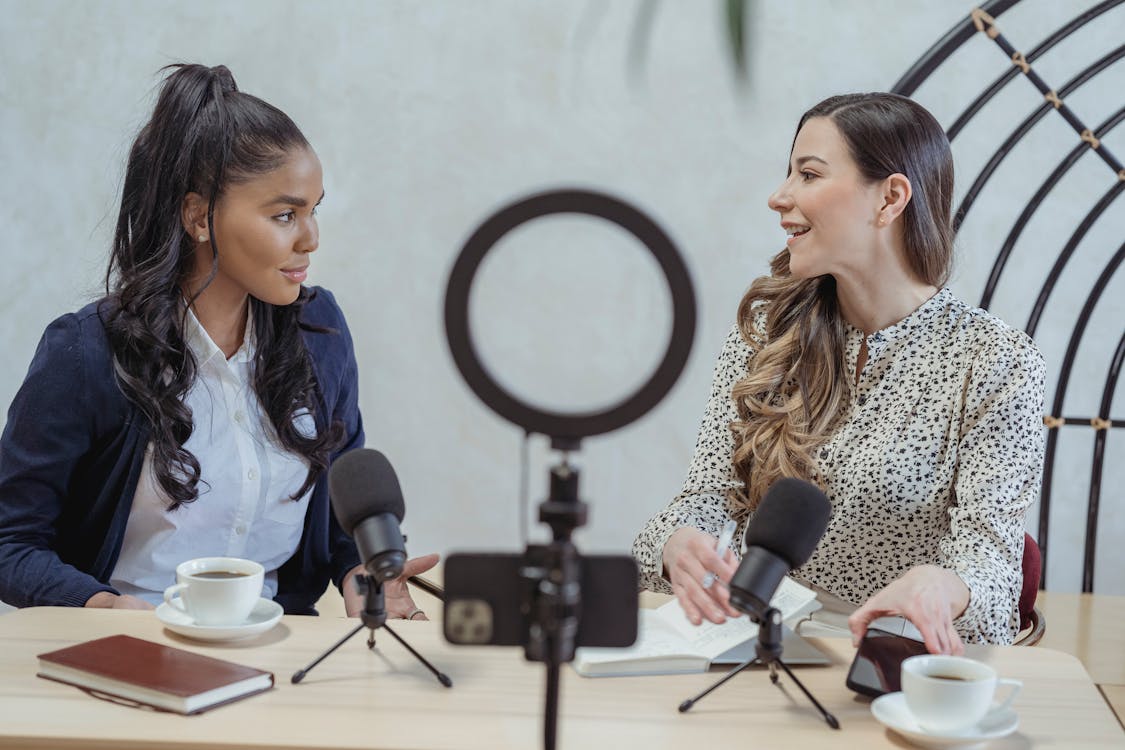TL;DR: A map and database of London addiction, mental health, and housing resources with filters to meet specific needs.
Want to get involved with the CALM project? Join our Youth Discord Server!
Update | June 30, 2024
CALM and Meeting Diverse Needs: Accessibility as a Priority, Not Just an Afterthought”
Image credit: Ramona from the CALM team.
Description: A collection of coloured symbols noting things like religion, gender, overall accessibility, 2SLGBTIA+ inclusivity, and other categories that those seeking help need to know so they won’t go to service locations that will turn them away. There are 18 symbols in total.
From the very start of this project, CALM project members have prioritized reaching a wide array of Londoners in need of support with substance use and other addictive disorders, especially those whose needs may not be considered by other support resources. Accessible resources are often an afterthought, especially when it comes to meeting accessibility needs of those struggling with addiction and mental health disorders who are already commonly dismissed as ‘lost causes’ by many fellow Londoners and those in positions of power. This is why CALM is making a physical resource that prioritizes accessibility simultaneously with helping to make sense of the collection of disjointed London-based support centres for addiction, mental health, and housing.
While accessibility is literally in our name–CALM meaning Comprehensive Accessibility in London Map–accessibility requires more forethought and dedicated effort than simply making sure our font size is big and that the locations we put on the physical, comprehensive map we’re developing are noted as being mobility device-friendly. Making accessibility a priority means that we need to consider more accessibility concerns and needs than our team members may have themselves or be aware of, and this can get complicated if you’re not an expert. But we were committed, so we t0ok this as a learning opportunity.
Many of our early project meetings would cycle between general discussions on content and design of a comprehensive resource map and how to make that map actually usable by as broad of an audience as we can. Accessibility features discussed started with fairly common features such as readability, but quickly broadened to include a variety of features and considerations.
Here is a brief overview of the features/accessibility considerations:
- Readable and easily understood with a legend
- A resource useful for both service providers and people in need
- Free, portable, and broadly distributed without needing phone or internet
- Clear visuals for finding new resources as well as helping with recalling where certain places are without compromising on readability for those with colour blindness and visual impairments
- Living document that is community driven
The last feature on the list became a focal point. Accessibility is an ongoing project that requires input both from those who know the technical side of accessible design as well as those requiring it, and CALM members believe the same should be true of our map.
Which is why we decided that its design should be that of a living document, one where we can update it not only based on official changes to the services and resources themselves, but also on feedback from those in the community actively using the places listed on our map. We plan to use this feedback to ensure whether the service is 2SLGBTQIA+ and/or mobility device friendly are clearly and accurately indicated, as well as to create alternative mediums for the map, such as an interactive website and potentially options that include braille.
CALM will make getting help easier, and the best way to do that is by talking directly to people in need.
– Written by Cael MacLeish, CALM team member, with the help of other team members






